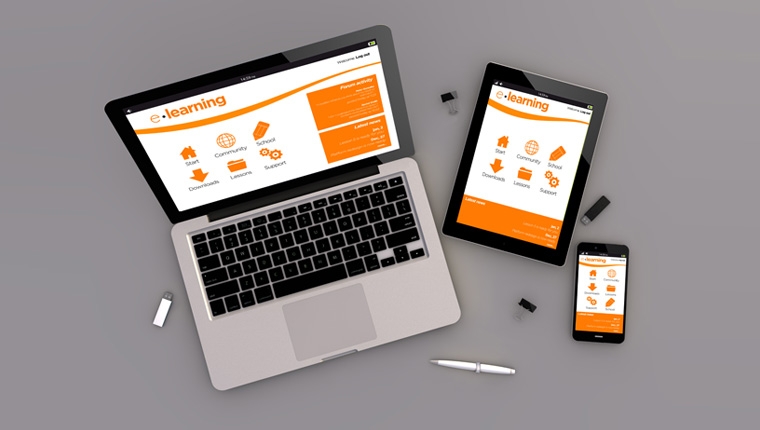4 Reasons You Should Invest in Converting Flash eLearning to HTML5

Have you invested heavily in Flash-based e-learning? Are you worried that these online courses don’t work on the smartphones and tablet PCs your employees use? Well, you need to convert them to the HTML5 format. Let us see how converting Flash courses to HTML5 helps.
Why invest in converting eLearning from Flash to HTML5?
- Courses can be made compatible with multiple devices
- Content can be accessed offline
- The full potential of mobile learning apps can be realized
- HTML5 eliminates the need to download plug-ins
4 Reasons for Converting Flash eLearning to HTML5
1. Flash courses can be made compatible with multiple devices
The primary reason you should convert your Flash-based courses to the HTML5 format is that these courses cannot be accessed on most mobile devices. People today use a variety of devices such as smartphones and tablet PCs (which have advanced browsers that support HTML5 content) to access online courses. In fact, a study by Google revealed 98% of Internet users switch between devices with varying screen sizes in a single day. You can meet the needs of “multi-device” learners by converting Flash courses to the HTML5 format, as the latter is device-agonistic and provides good support to all mobile and desktop computer platforms.
2. Content can be accessed offline
Many a time, traveling staff members such as salespeople and service technicians need access to learning materials in areas with limited broadband. You cannot provide offline access to e-learning content, if it is developed in Flash. However, this is not the case with HTML5. The web technology enables learners to download the course when they are connected to the network and access it at the point of need offline. Consider the following scenario.
A sales rep of an insurance company is interacting with a prospective customer in a location with poor network connectivity. The customer poses a query about the rep’s product. The sales rep answers the query by accessing the required information, contained in a microlearning module published in the HTML5 format, offline, on his tablet PC.
3. The full potential of mobile learning apps can be realized
Mobile apps are standalone applications which provide learners easy and ready access to online content. According to the Yahoo-owned mobile analytics firm Flurry, 90% of the online content delivered on mobile devices is accessed through mobile apps. But sadly, Flash cannot handle mobile apps.
When you convert Flash to HTML5, it is possible to convert existing content in the form of PDFs, PPTs, audio and video files to mobile apps, thanks to advances in information technology. HTML5 allows the creation of web apps that can be accessed on any computing platform, paving the way for seamless online learning on any device.
4. HTML5 eliminates the need to download plug-ins
A plug-in is a software component that adds a specific feature to software to provide additional capabilities. Learners cannot access multimedia content in Flash-based courses unless plug-ins are installed on the devices. This problem is eliminated by converting Flash to HTML5, as it can play multimedia elements without any plug-ins.
You can give your Flash-based courses a new lease of life by converting them to the HTML5 format. Courses in this format can be accessed on all devices, irrespective of their platform. Flash to HTML5 conversion facilitates offline access to course content. HTML5 enables the development of apps that run on all mobile devices and eliminates the need to have plug-ins to view multimedia content. Learn more about converting Flash eLearning to HTML5 in this eBook.





![Why Converting Flash to HTML5 is the Need of the Hour [Video]](https://blog.commlabindia.com/hubfs/Imported_Blog_Media/html5-and-adobe-flash-1.jpg)